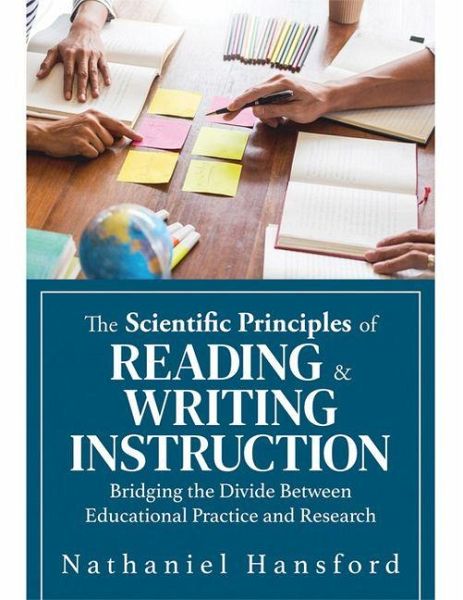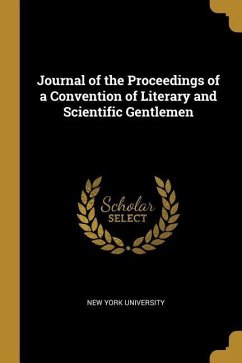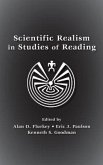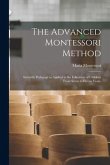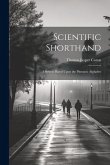Literacy instruction is a vast and ever-changing field. Distilling decades of research on reading and writing into an expedient and practical guide, educator and author Nathaniel Hansford provides an indispensable resource for educators who want to understand the science behind literacy and empower their own teaching. Gain a reliable and objective, evidence-based overview of what's truly effective for improving student literacy outcomes. K-12 teachers and administrators can use this book to: * Learn how to interpret, parse, and better engage with educational research * Review and examine comprehensive summaries of pivotal research on literacy instruction * Understand the evolution of continuing historical debates on effective literacy instruction * Examine meta-analyses to critically evaluate popular teaching methods * Evaluate the effectiveness of the most common literacy teaching methods Contents: Introduction Part 1: Understanding Educational Research Chapter 1: How to Understand the Types of Educational Research Chapter 2: How to Read and Interpret Educational Research Chapter 3: The Scientific Principles of Teaching Part 2: Exploring Research on Reading Instruction Chapter 4: Phonemic Awareness Chapter 5: Advanced Phonemic Awareness Instruction Chapter 6: The Reading Wars Chapter 7: Phonics Scope and Sequence Chapter 8: Morphology Chapter 9: Fluency Chapter 10: Comprehension Chapter 11: Reading Comprehension and the Dose Effect Chapter 12: Secondary Meta-Analyses on Reading Comprehension Part 3: Exploring Research on Writing Instruction Chapter 13: The Reading-Writing Connection Chapter 14: Handwriting Chapter 15: Spelling Chapter 16: Writing Part 4: Examining the Nuances of Literacy Instruction Debates Chapter 17: Linguistic Phonics Chapter 18: Decodable Texts Chapter 19: Sight Words Chapter 20: Sound Walls Chapter 21: Embedded Mnemonics Chapter 22: Multisensory Phonics Instruction Part 5: Reviewing Practical Recommendations for the Classroom Chapter 23: Secondary Meta-Analysis on Literacy Instruction Research Chapter 24: Support for Striving Readers and Writers Epilogue: Putting It All Together Glossary References and Resources Index
Bitte wählen Sie Ihr Anliegen aus.
Rechnungen
Retourenschein anfordern
Bestellstatus
Storno

